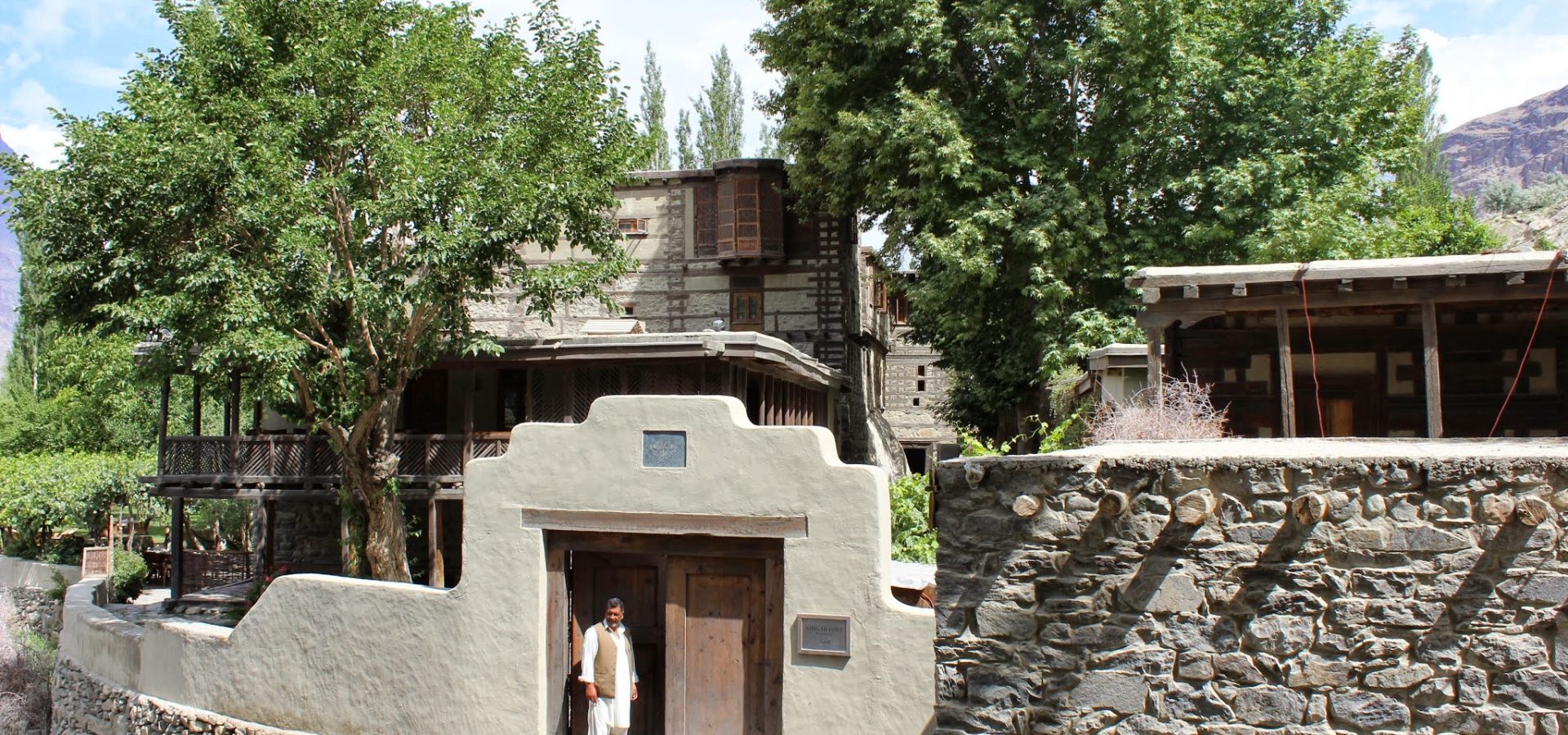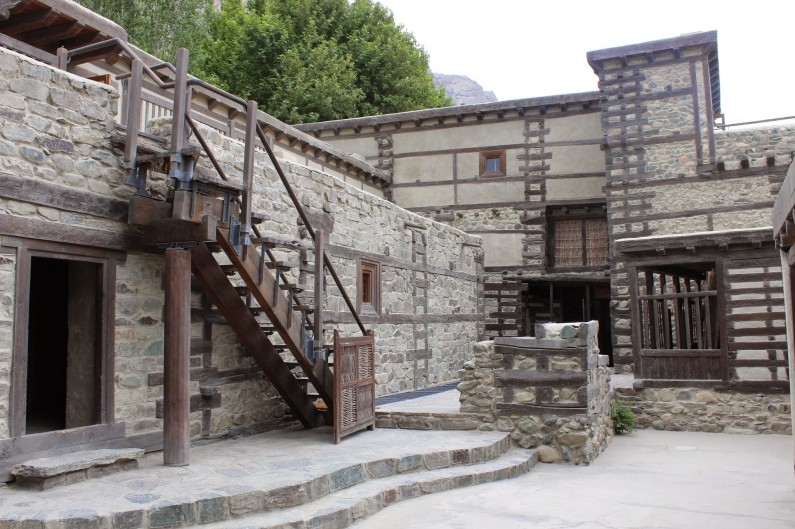
SHIGAR, Gilgit-Baltistan — Adeel Ammacha, 29, knows the 17th century Shigar Fort like the back of his hand.
Growing up, young Ammacha spent his summer vacations exploring every nook and cranny of “the Fort on Rock,” located in the Shigar Valley in the Pakistan-administered part of Kashmir known as the Gilgit-Baltistan region.
“We didn’t live in the fort, as it was in ruins, but my father had built a summer house for us in one of the gardens,” he said.
Surrounded by snow-capped peaks, arid mountains and desert, and with the mighty Indus River passing through, it was an idyllic setting for the family’s summers away from their home in Islamabad.
The fort was still being used as recently as the 1950s by Ammacha’s father, Raja Muhammad Ali Shah. Then it stood abandoned and neglected until 1999, when Ammacha’s father decided to donate it to the people of Baltistan.
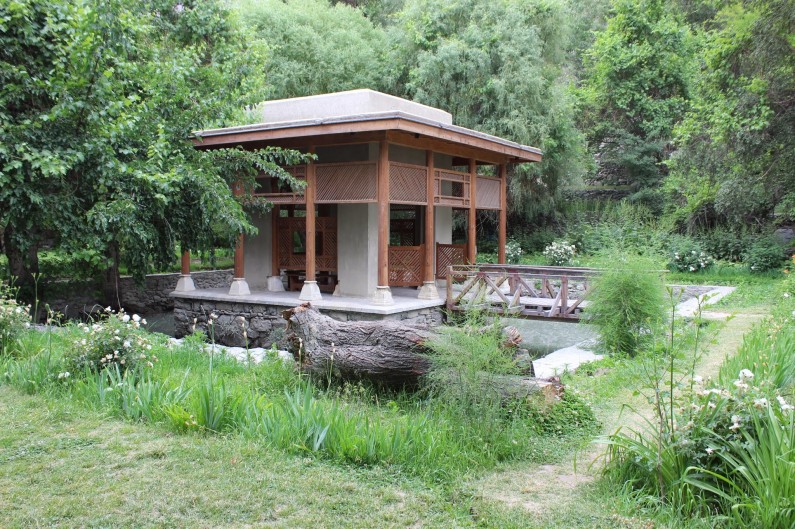
Upon seeing the fort’s state of decay, the Aga Khan Cultural Service of Pakistan offered to restore it through its Aga Khan Historic Cities Programme in 2000.
After five years of restoration and conservation work, and over a million dollars in funding, the 400-year-old fort is now the Serena Shigar Fort, a boutique hotel catering to guests traveling along the route to K2, the world’s second-highest mountain.
Restoring former glory
No more than 70,000 people live in the Shigar Valley, but as the gateway to a number of climbing sites and trekking routes and as home to four of the world’s 14 800-meter peaks, turning the ancient fort into a hotel was a practical choice and one that required a lot of work.
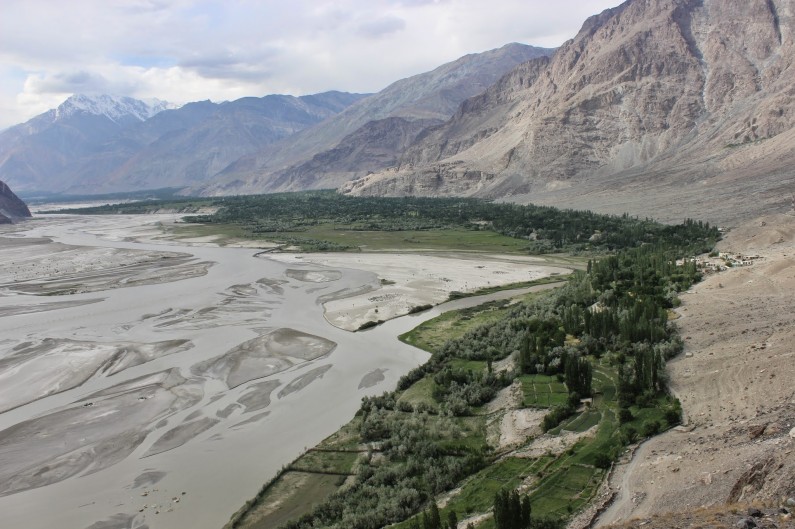
“Every time I visit the place, I cannot help but marvel at the transformation,” said Wajahat Ali, a senior conservation architect with Aga Khan Cultural Service.
“The place was not just crumbling, the deterioration was huge. The antiques had gone missing, doors vandalized, and there was so much graffiti that it took quite a while to scrape that.”
Despite the decades of neglect, Ali says the fort still “came across as a wonderfully preserved testament to its historicity.”
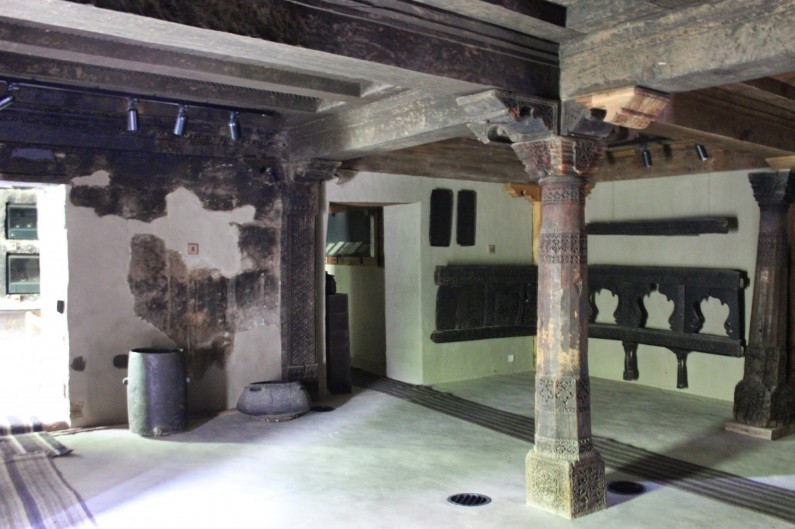
Richard Hughes, who specializes in structural evaluation and conservation of historic buildings and archaeological sites, says it was “most pleasing” to be in charge of the restoration of the historic site.
“It was soon apparent that not only was this a superb example of a cator and cribbage fort set on a gigantic boulder and policing the routes across the mighty Himalayas, but was once an elegant palace of the local Raja, harmoniously set in well-tended fields and orchards. All of this accounts for its military strength but throughout showing off carved wooden components illustrative of a lavish lifestyle and capturing expressions of art from as far as Ladakh and Chitral,” Hughes said.
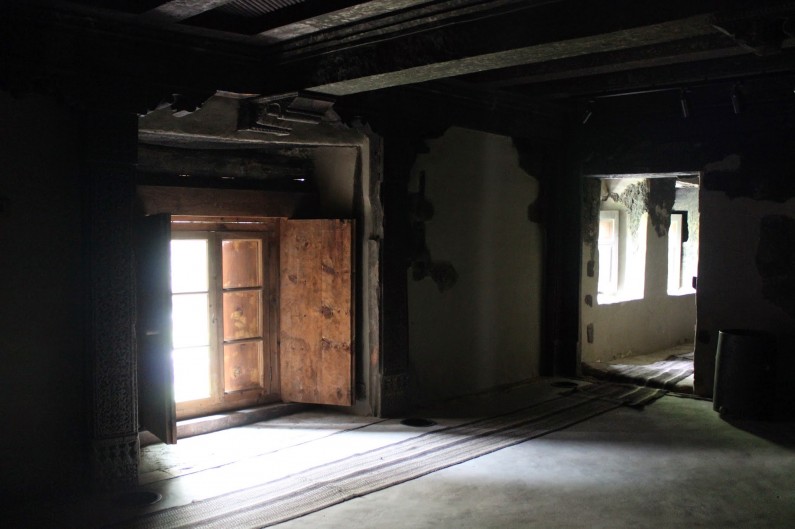
With the Venice Charter of 1964 as their guide, Ali says workers had jumped in without giving a second thought to the “dust and the evil spirits” locals had warned them lurked in the structure.
The renovation cost a total of $1.6 million, and the project received financial support from the governments of Greece, Germany, Norway and Spain and Japan, PartnershipWalks in Canada, and American Express Co.
Sustainable development in the Shigar Valley
The emphasis, according to Ali, was that “the fort must be sustainable so that it could be maintained on a permanent basis.”
“[This] allowed us to convert the historic structure for some socially useful purpose and provided direct and indirect job opportunities,” he explained.
Another crucial element of the restoration work was the structural engineering detail — something visitors can not even see — that made it “robust and secure” for visitors and able to withstand future earthquakes.
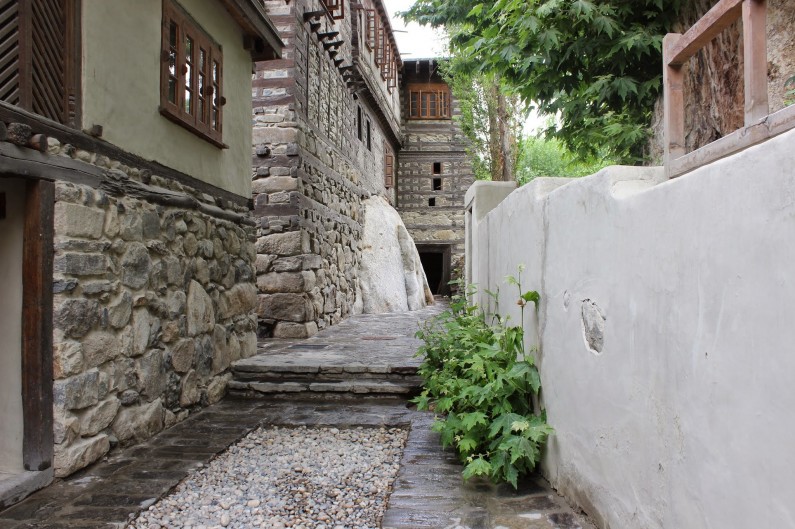
While the work restored the beauty and glory of an ancient treasure, it also opened up new employment opportunities for the impoverished community that largely relies on subsistence farming.
“We hired locals and trained them. These masons have found more work, not just in Skardu but out of the district. And now that the hotel is open it has provided a perfect opportunity to act as a catalyst for providing employment and business opportunities,” said Ali.
Hughes agreed, explaining that the new use for the fort is the key to sustainable development in the Shigar Valley.
The Town Management and Development Society of Shigar, a civil society group, decided to split up hotel’s profits: 20 percent to the people of the Shigar Valley; 10 percent to the Ammacha family; 10 percent to Aga Khan Cultural Service of Pakistan; and 1 percent to Serena Hotels, the hotel chain that operates the Serena Shigar Fort. The remaining 59 percent of the hotel’s profits go toward maintaining and operating the hotel.
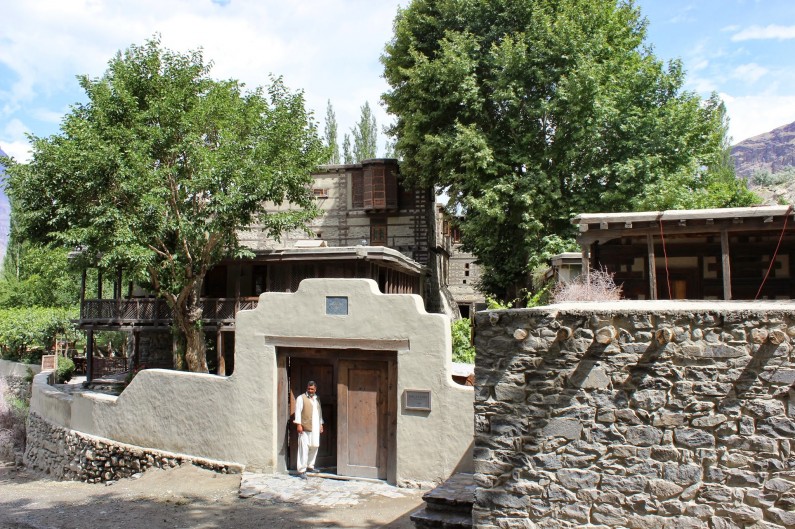
“Our sleepy little valley has made a mark all because of the fort. People like former President Pervez Musharraf, current Prime Minister Nawaz Sharif, cricketing hero turned politician Imran Khan, among others, have visited the valley and stayed here,” Ammacha, who serves as the hotel’s Responsible Tourism manager, boasted.
Niilofur Farrukh, a Karachi-based art historian who stayed at the fort during a recent visit to the Shigar Valley, found the restoration work had been carried out with “much sensitivity.”
“One can see the original plan has not been changed to accommodate modern conveniences. The exposed natural building material and techniques are engaging and the spartan spirit which is carried through in the rustic interior design contributes to the authentic experience,” she said.
She suggested that the hotel could add “a small library on Balti history,” for example, so visitors could learn more about the history of the fort and the people who lived in it.
Sitting inside the hotel restaurant, which had once served as the fort’s stables and an animal pen, a smile turned Ammacha’s lips, and he said, “I have the most wonderful memories of this place.”
He reminisced about the hundreds of cherry, apricot and plum trees, the vineyard around the gardens, the pets he grew up with — horses, goats, dogs and the brown- and sandy-colored partridges. “We held football matches and the entire village would be invited!”
Though his childhood retreat has been turned into a commercial venture that hosts strangers, Ammacha isn’t the least upset.
“It was in very bad shape and we wouldn’t have been able to restore even 1 percent of it, or even the way the [Aga Khan Cultural Service of Pakistan] has done it,” he confessed.


